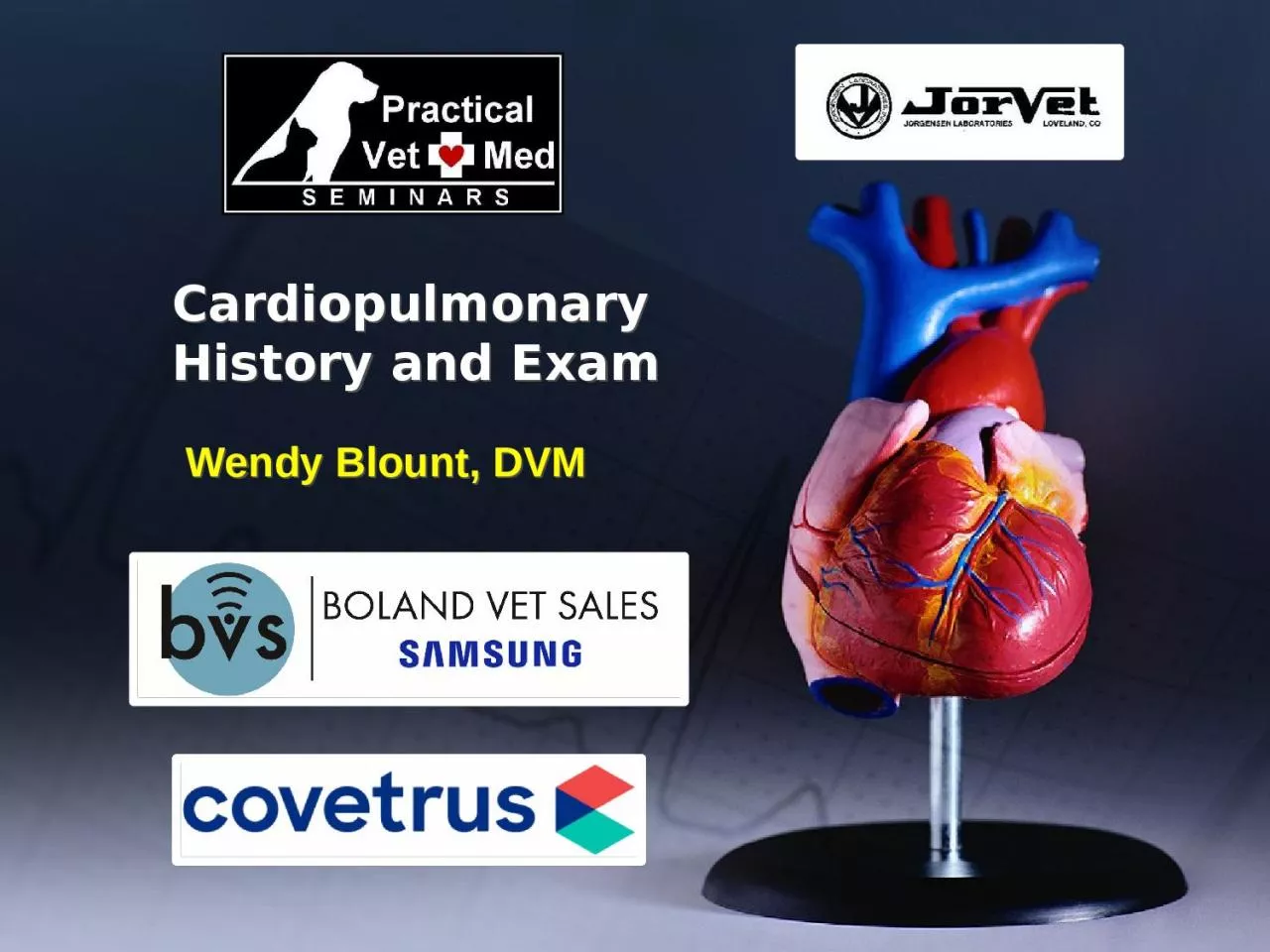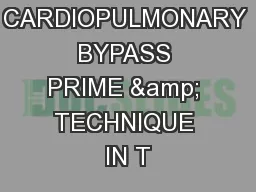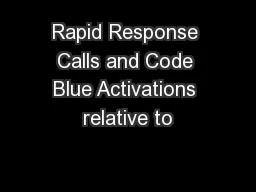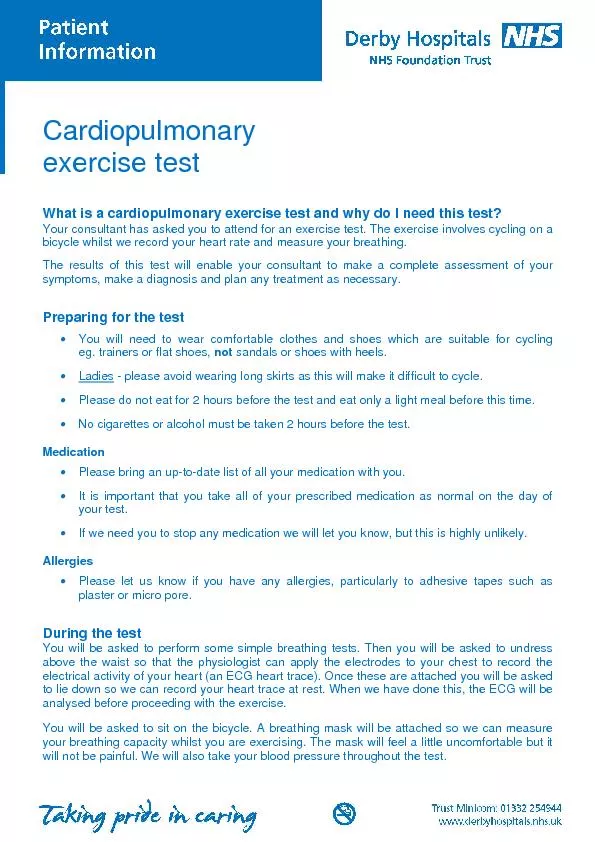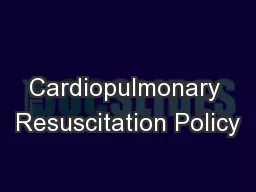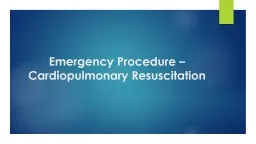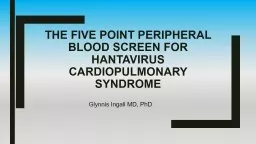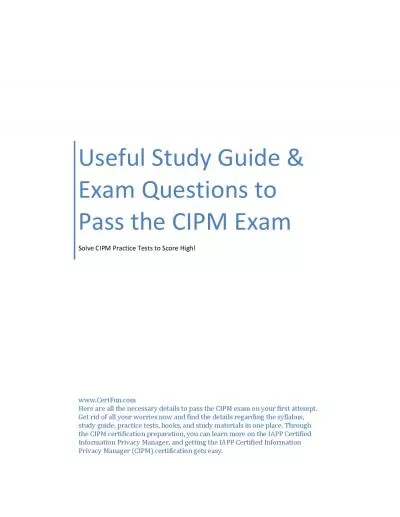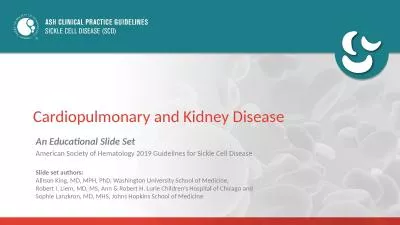PPT-Cardiopulmonary History and Exam
Author : WonderWoman | Published Date : 2022-08-01
Wendy Blount DVM Housekeeping Dylan is our concierge Let her know if you need another note pad Or anything else Course materials are also downloadable at httpwendyblountcom
Presentation Embed Code
Download Presentation
Download Presentation The PPT/PDF document "Cardiopulmonary History and Exam" is the property of its rightful owner. Permission is granted to download and print the materials on this website for personal, non-commercial use only, and to display it on your personal computer provided you do not modify the materials and that you retain all copyright notices contained in the materials. By downloading content from our website, you accept the terms of this agreement.
Cardiopulmonary History and Exam: Transcript
Download Rules Of Document
"Cardiopulmonary History and Exam"The content belongs to its owner. You may download and print it for personal use, without modification, and keep all copyright notices. By downloading, you agree to these terms.
Related Documents

